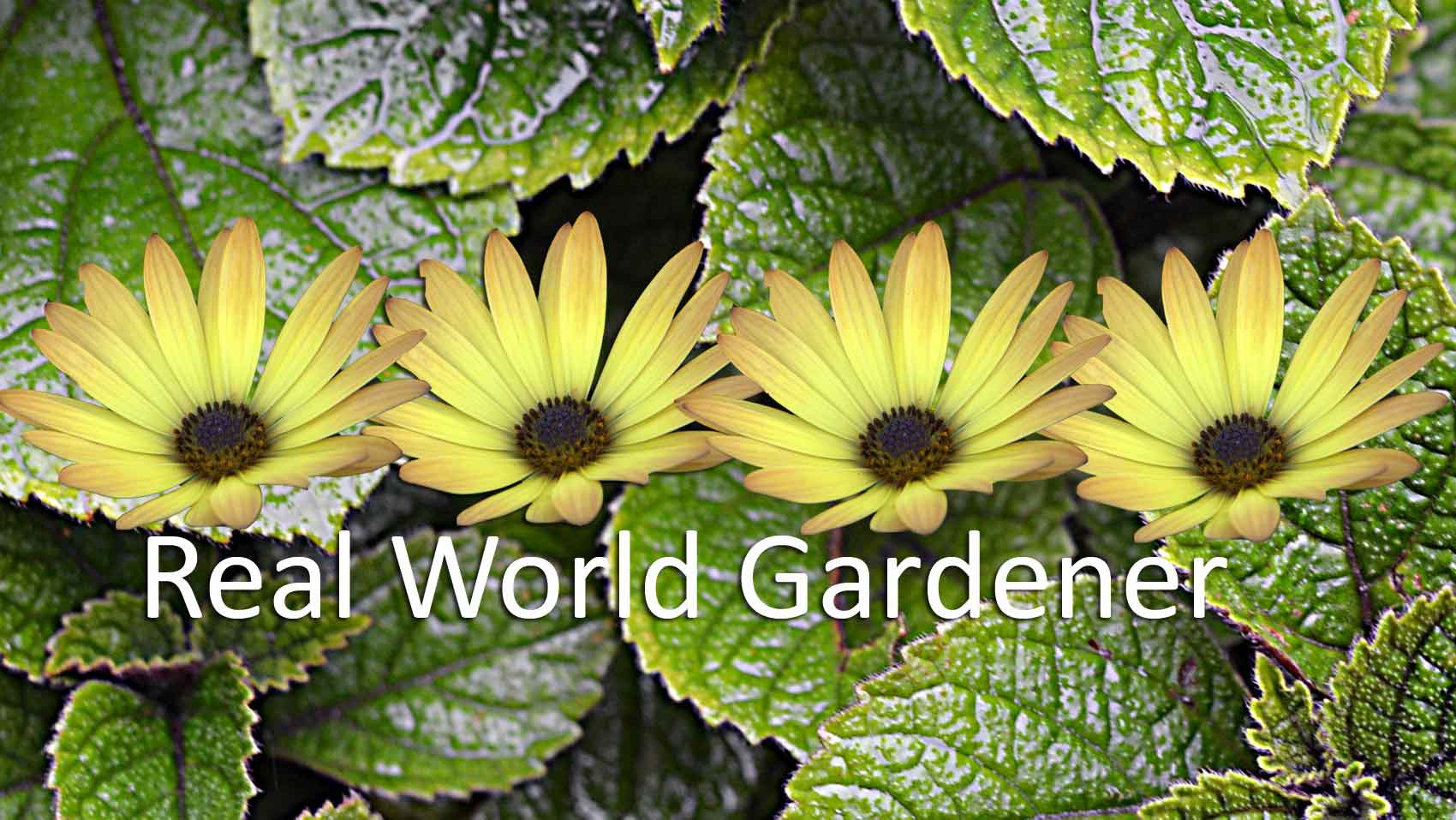Phosphorus and Potassium Deficiency in Plants Solved
Description
Plant Nutrition Deficiencies:Phosporus and Potassium
We have talked bout the role nitrogen played in played health and what to look for if a plant was deficient in one of the major nutrients, being Nitrogen.
In fact there are three major nutrients which are classified as NPK ratio on the back of all fertilisers. So in this part of the blog, we carry on with the two other major or macro nutrients.
Let's look at phosphorus deficiency
Phosphorus is responsible for the development of flowers and fruits and roots.
Phosporus is known as a mobile nutrient which can move around the plant to where it's needed.
Phosphorus deficiency happens more often in cold weather or gardens receive high rainfall, or a combination of both.
Often affects heavily fruiting plants such as citrus.
N..B. native plants are highly sensitive to phosphorus, so avoid spreading phosphate fertilisers near these plants.
First Symptoms: Older leaves become quite a dark green then develop a purplish tinge.
Tips will then dry off. Not to be confused with lack of watering especially in pot plants where leaves can also develop dry tips.
Overall growth is affected in the long term resulting in smaller leaves and stunted growth.
Quick Fix: Fertiliser high in phosphate either solid or liquid.
Long term fix: Blood n' Bone and/or controlled release fertilisers.
Let's look at potassium deficiency
Potassium is responsible for thickening of cell walls, and also responsible for plant growth. Potassium deficiency are more evident in flowering or ornamental plants. Potassium deficiency often is a pH issue in the soil.
First Symptoms: Older leaves become brown and dry on the upper surface, with leaf edges puckering slightly.
As the deficiency progresses, the leaves darken in colour between the veins.
Flower stalks become thin and spindly and may be quite short.
Fruits may fail to develop full colour and flavour.
Quick Fix: Fertiliser high in potassium either solid or liquid, such as sulphate of potash.
Long term fix: Blood n' Bone and/or controlled release fertilisers.
Listen to the podcast: I'm talking with Kylie Last horticulturist and tafe teacher.
I would recommend becoming familiar with the NPK ration on fertilisers, whether organic or not to see if you’re applying the right sort for your plants.
For example, fertilisers that promote flowering and fruiting have higher ratios of potassium than those that are just for general purpose fertilising.
If you have any questions you can email us [email protected] or write in to 2rrr, PO Box 644 Gladesville NSW 1675.
More Episodes
Host Marianne talks with arboriculture consultant Glenice Buck about the first steps in managing the health of your trees.
Published 08/04/24
Published 08/04/24
KITCHEN GARDEN SEGMENT on REAL WORLD GARDENER radio show
Scientific Name: Rungia klossii
Common name: Mushroom plant
Family: Acanthaceae
Origin: New Guinea
Rungia klossii is an evergreen Perennial growing to 0.6 m x 0.6 m at a medium rate.
Soils: Suitable for: light or sandy, medium (loamy)...
Published 06/26/23


